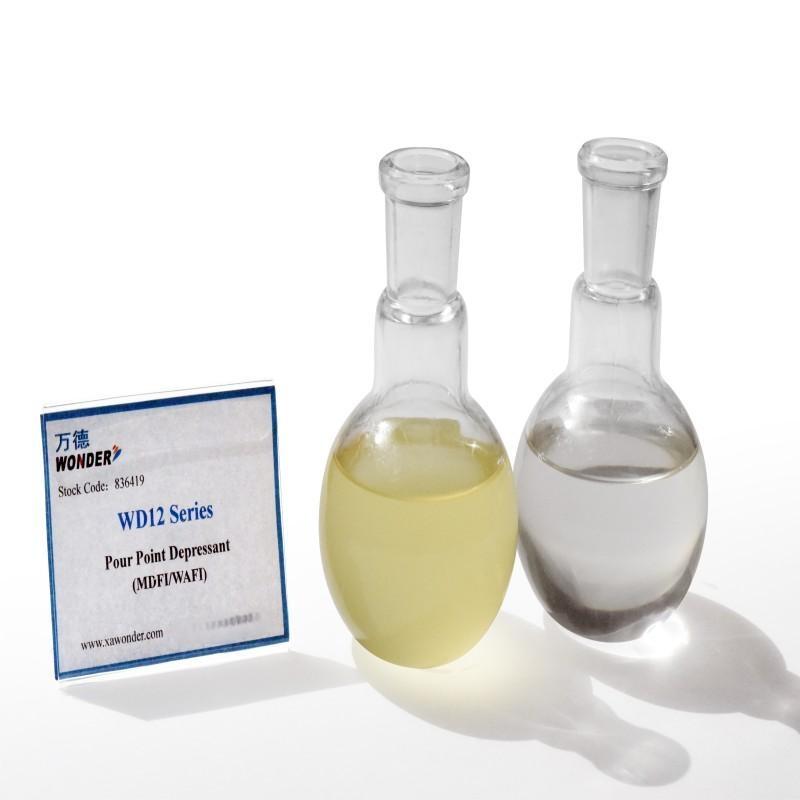-
Categories
-
Pharmaceutical Intermediates
-
Active Pharmaceutical Ingredients
-
Food Additives
- Industrial Coatings
- Agrochemicals
- Dyes and Pigments
- Surfactant
- Flavors and Fragrances
- Chemical Reagents
- Catalyst and Auxiliary
- Natural Products
- Inorganic Chemistry
-
Organic Chemistry
-
Biochemical Engineering
- Analytical Chemistry
-
Cosmetic Ingredient
- Water Treatment Chemical
-
Pharmaceutical Intermediates
Promotion
ECHEMI Mall
Wholesale
Weekly Price
Exhibition
News
-
Trade Service
At present, the market will speculate on the topics of the OPEC monthly meeting held on December 4 and the entry into force of the EU's sanctions on Russian maritime exports on December 5, and the supply and demand game in the international crude oil market will intensify
.
In the short term, there is support and pressure under crude oil, and the overall trend will maintain range oscillation
.
Crude oil is difficult to break through the previous high
US CPI data for October showed that inflation fell sharply, and CPI rose 7.
7% year-on-year, lower than market expectations of 7.
9%; The CPI rose 0.
3% month-on-month, also better than market expectations of 0.
5%.
Although energy inflation is no longer the number one driver of inflation, food inflation continues to hold firm, and residential inflation is heating up
.
Against this backdrop, Fed officials put on a "dovish" view, but at the same time emphasized their determination
to curb high inflation.
In the later stage, the market needs to pay attention to the US CPI data for November, the December interest rate meeting and the IMF report in mid-to-late December
.
Overall, the rise in crude oil prices is affected by monetary policies such as the Federal Reserve, and it is difficult to break through the previous high.
In its latest November report, OPEC lowered its global crude oil demand growth forecast by another 100,000 b/d to 2.
55 million b/d in 2022 and 100,000 b/d to 2.
24 million b/d
in 2023.
After the report was released, international crude oil prices fell
in response.
As early as the evening of November 1, OPEC released the "World Oil Outlook 2022", which raised its global oil demand forecast
for 2023, medium term and 2045.
But the forecast for the issue is at odds with his monthly report, and in stark contrast
to the views of other institutions.
Comparing the market reaction after the release of the two reports, it can be seen that investors are currently pessimistic about global crude oil demand, and the upside of crude oil will be limited
due to this.
Supply-side hype factors have increased
In order to maintain the dynamic balance of crude oil demand, OPEC is expected to continue to maintain its production reduction attitude
at the OPEC meeting on December 4.
The deadline for EU sanctions against Russia is December 5, and as the EU ban on Russian oil comes closer and closer, Western countries have also reached a view
on the price ceiling of Russian oil.
Russian crude oil seaborne export data show that although Russia's crude oil exports to Europe fell sharply in May, after four months of adjustment, Russia's total exports remained above 3 million barrels per day, and Russia's maritime exports increased in the short term, which does not rule out the phenomenon
brought about by the EU and other countries in incremental procurement before sanctions.
Assuming that this share of Russian exports to Europe fails to find a new buyer after the sanctions come into effect, according to market estimates, this part is 1.
4 million barrels per day, which may be sold to other regions at low prices
.
The future market recommends paying attention to the details of the final implementation of EU sanctions, Russia's counterattack and the impact
on Russian crude oil sales.
In response to the gradual accumulation of US commodity inventories and the continuous decline of strategic inventories, the market expects that with the gradual decline of oil prices, the United States may have strategic replenishment actions
.
U.
S.
commercial inventory data shows that crude oil inventories are gradually increasing
.
In the week ended November 4, EIA data showed that U.
S.
crude oil inventories rose by 3.
925 million barrels to 441 million barrels, the highest since the week of July 2, 2021, in line with the seasonal
upward trend of U.
S.
crude inventories in the fourth quarter.
But EIA data showed that as of Nov.
4, the U.
S.
Strategic Petroleum Reserve had 396.
2 million barrels of crude remaining, the lowest value
in nearly 38 years.
There is pressure on the United States to replenish the Strategic Petroleum Reserve, and Biden announced that it will replenish the Strategic Petroleum Reserve
when the oil price is 67-72 US dollars / barrel.
In September this year, it was also reported that the United States considered replenishing the Strategic Petroleum Reserve when oil prices were below $80 per barrel, which would bring low support
to crude oil.







